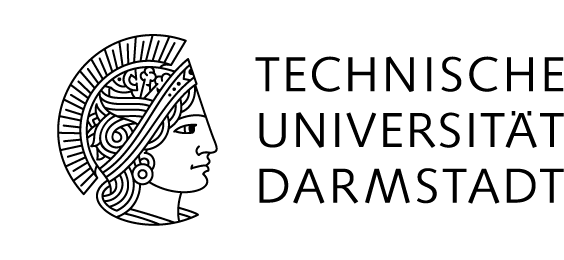Scopes for Wireless Sensor Networks
Declarative Language Syntax
The Scopes framework offers a declarative interface, from which external applications can benefit. We have designed the language's grammar using the Extended Backus-Naur Form (EBNF). The language allows a declarative operation of scopes, namely scope creation and removal, as well as sending data to a scope's members.
The Language
We proceed with a top down approach to the Scopes language.Scope Operations
There are three operations, namely, to create a scope, to remove a scope, and to send data to all of a scope's members.
Scope Creation
This is the most complex statement, as it is very expressive and has many keywords. The general structure of the CREATE statement is:
A scope can be specified as nested within another, parent scope. Both scope and parent scope are specified by a scope identifier, however, scope identifiers are hashed to 16-bit ids, which are used within the sensor network.
Scopes are defined by means of logical expressions. These can be connected by logical operators AND, OR and NOT, or be recursively defined between parenthesis.At some point, logical expressions contain terms, e.g., subparts of the expression that evaluate to true or false. In Scopes there are three types of terms. To check whether a node has a populated sensor or not, the EXISTS SENSOR term is used (see below the array of predefined sensors). A typical term is that for comparison, which is binary. There are four types of operands that can be used for comparison, Finally, geometrical terms check for a three-dimensional aspect, typically using the position of the node.
A compact example illustrating the first two clause types is presented next:
CREATE SCOPE ScopeExample AS ( ( EXISTS SENSOR HUMIDITY AND NOT HUMIDITY <= 70) OR NODE ID > 20 OR REPOSITORY KEY 7 == 273);
This expression is evaluated to true by a node if:
- both the humidity sensor is populated and the humidity is greater than 70, or
- the node's id is greater than 20, or
- the repository entry with key value 7 equals the constant value 273.
There are three geometrical operators supported currently by Scopes. The IN SPHERE clause is quite straightforward: it takes a sphere and a point as arguments, and returns true if the point is within or at the borders of the sphere, and false otherwise. Spheres are defined by their center and radius. The IN SEGMENT clause takes a segment and a point as argument, and returns true if the point is within the segment, false otherwise. Segments are defined as a sequence of points and a segment width. The IN POLYGON clause takes a polygon and a point as an argument, and returns true if the point is inside or at the borders of the polygon. Polygons are defined as a sequence of consecutive points, the last of which is implicitly connected to the first.
As example of these constructs we present the following statement:
CREATE SCOPE GeomScopeExample AS ( IN SPHERE ( SPHERE ( [100,50,50], 30), [101,51,49] ) OR IN POLYGON ( POLYGON ([0,0,0], [0,100,0], [50,50,0] ), NODE POSITION) OR IN SEGMENT ( SEGMENT ([0,0,0], [50,50,0], [50,100,0], 5) );
This scope creation evaluates to true if:
- the point [101,51,49] is located within the sphere centered at [100,50,50] and 30 meter radius ( true for these constants), or
- the node's position is located within the specified triangle (polygon), or
- the node's position is located up to 5 meters from the specified line segments.
Scope Removal
The removal of a scope is quite straightforward:
Sending Data to a Scope
Data can be declaratively sent from a scope's root node to its members. For a connection to an SOS node, the following parameters must be specified:
- DEST MODULE: the id of the module that should receive the message
- SOURCE MODULE: the module id that should be used as sender module
- TYPE: the message type, i.e., the function that should handle the message.
The payload is specified as a sequence of hexadecimal characters with the preceding format.
Implementation
For our implementation, we utilize JavaCC™, version 4.0, to generate the Scopes parser. JavaCC generates recursive descent parsers. To prevent the generated subroutines from calling themselves recursively ad-infinitum, JavaCC doesn't allow left-recursion. Hence, the implemented parser is slightly different to the one discussed previously, however the accepted input is equivalent. The parser is case insensitive.
Other Documents and Links
Here we provide a set of resources related to languages and parsers:
![]() Technical report summarizing the Scopes declarative language PDF (115KB)
Technical report summarizing the Scopes declarative language PDF (115KB)
![]() Scopes JavaCC grammar (.jj) (8KB)
Scopes JavaCC grammar (.jj) (8KB)
Last updated 26-Jan-2010





 Print
Print Contact
Contact Legal note
Legal note Search
Search